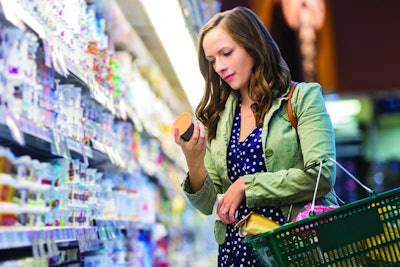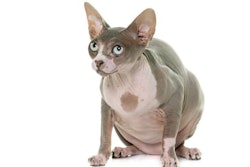
Will we or won’t we? End up in a recession, that is. As overall inflation begins to decline in the U.S. and other markets, and the labor market remains strong, previous fears that recession was almost inevitable seem to be waning. Or, if one happens, the current consensus is that it could end up being milder than initially forecast.
What does this mean for pet food? Unlike the U.S. consumer price index (CPI), which cooled somewhat to 6.4% year over year (YOY) in January 2023, pet food inflation is still running hot at 15.1% YOY, down just slightly from December’s 15.2% figure. On the other hand, the pet food producer price index—what pet food producers are paying to make their products—fell to 12% YOY in January, still high but a welcome decrease from 13.1% in December. Is that a leading indicator of what’s soon to come for pet food prices?
Prices may be easing in related categories
We can only hope pet food prices start falling soon, as ones for pet supplies have started to do. Inflation for pet supplies stood at 7.2% YOY in January, down from 7.7% in December, helping drive the overall pet care category inflation down to 10.6% in January from 10.9% in December, despite the continuing high pet food inflation. (This data comes from the U.S. Bureau of Labor Statistics, helpfully compiled and analyzed by John Gibbons on his PetBusinessProfessor.com blog.)
I was honored to present at the American Feed Industry Association’s (AFIA) Annual Pet Food Conference in January (during the International Production & Processing Expo in Atlanta, GA), and I commented then that pet food inflation seems to be following “core inflation,” which comprises food and fuel. That’s no surprise, given the close link between human food and pet food.
But there may be good news here: Though human food prices (tracked as food at home) are also still uncomfortably high, at 11.3% YOY in January, that was down from 11.8% in December. Many consumer goods categories, including some for human food, continue to experience high inflation; but overall, human food price increases have started to ease, so perhaps pet food will soon follow.
Consumers still on edge
After my AFIA presentation, I engaged in several discussions regarding the pet food market’s outlook, including pet treats, which I had identified as an ongoing high-growth category. (I confess, I couldn’t confidently answer a question about whether pet owners would keep spending on discretionary products like treats if their financial situations worsened; my hunch is that they would still buy treats but possibly “downgrade” to lower-priced ones.)
Most of these conversations, especially with industry supplier representatives, echoed ones I’d had in late 2022. Namely, that after not being able to keep up with customer demand through 2021 and most of 2022, their business slowed significantly in the last quarter. However, several people said this was not necessarily because the market or pet owner spending is slowing greatly; rather, it was because many pet food brands, fearing product outages, had ordered beyond demand and stockpiled, and now they were using up that inventory.
Yet there’s no doubt that increasing prices have set consumers around the world on edge. At the end of January, NielsenIQ released a survey showing consumers globally are unsettled, with 39% saying they were in a worse financial position heading into 2023, and an equal percentage identifying themselves as “cautious spenders.” Revealingly, a majority of consumers in many countries believe the economy is already in a recession, from 49% in Australia and Brazil to 59% in the U.S. to 61-67% in Germany, Canada, France and Spain, to as high as 70% in South Africa, 84% in the U.K. and 89% in South Korea.
Consumer sentiment has a huge impact on spending and, thus, the economy. To date, that hasn’t seemed to affect pet food spending much at all. If pet food prices start to decline, maybe we’ll never reach that point. But with that outlook remaining uncertain, so will everything else.

















